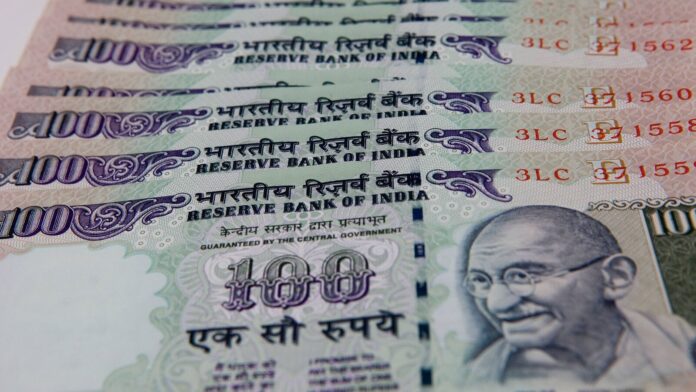A slight improvement would be that India’s 2023-24 growth figure was declared only on 31 May, and by then, six of the seven electoral phases were over. But it would be disingenuous to suggest that while voters may not follow economic data, they don’t have a good idea of how the economy is affecting their daily lives.
How badly is inflation impacting them? Is their income going up? Are there enough job opportunities? Most voters may not have exact data on their fingertips, but they can still smell it. And that’s something that OPM wallahs need to understand.
While India’s economy grew at 8.2% in 2023-24, this growth has been largely inequitable. To see this, those in the OPM business need to look beyond the economic growth figure. Take the case of private consumption expenditure. Over the years, it has formed around 55-60% of India’s economy. In 2023-24, it grew 4% (adjusted for inflation), the slowest since 2002-03 if we ignore the pandemic year of 2020-21.
This can be seen in other data as well. In 2023-24, the number of passengers using the Indian Railways for non-suburban travel stood at 2.99 billion, significantly lower than the all-time high of 3.94 billion in 2012-13 and lower than the pre-covid figure of 3.65 billion in 2018-19, suggesting money trouble in many households.
Further, the net sales of more than 3,800 non-financial listed companies grew 0.98% in 2023-24, against 34.9% and 22.6% in 2021-22 and 2022-23, respectively. As economists Nikhil Gupta and Tanisha Ladha of Motilal Oswal put it, “The growth in household debt in recent years, the fastest in several decades… has coincided with weak income growth.” And higher borrowing has been financing consumption.
Also, work demanded by households under the Mahatma Gandhi National Rural Employment Guarantee Scheme in 2023-24 was higher than previous years, except for the covid years of 2020-21 and 2021-22. Only those who are willing to do manual unskilled work opt for it and high demand indicates a scarcity of better jobs.
Plus, India’s rural tele-density has been stagnant for quite a few years, the number of people working in agriculture has gone up, suggesting greater disguised unemployment, and two-wheeler sales, while they picked up in 2023-24, are still nowhere near the pre-pandemic peak. And beyond all this, the PM Garib Kalyan Anna Yojana distributes 5kg of free foodgrains (primarily rice and wheat) per month to around 813.5 million beneficiaries.
So, how can we explain these data points along with India’s 8%-plus output growth to those in the OPM business? It’s simple: The whole can differ from many of its parts. Or we can do some storytelling here, something that OPM professionals excel at while selling their wares to retail investors.
Let’s say there are ten OPM wallahs in a conference room when Mukesh Ambani walks in. The room’s average per capita income will shoot up, but does it mean that the income of OPM wallahs goes up? No.
So, a whole can be different from many of its parts, especially if we are talking about a large and complex economy like India’s. Now, in my interactions with OPM wallahs over the years, this is a rather simple point which many of them don’t seem to get.
Or maybe they pretend otherwise, given that an ‘all is well’ story of the Indian economy is just easier to sell to unsuspecting investors willing to believe anyone and everyone promising them quick riches. Indeed, this has worked really well over the past few years.
And that brings us to a serious question: What can the new government do to tackle this serious slowdown in private consumption? It needs to put more money in the hands of people, indirectly if not directly. A quick way to do that would be to cut taxes on petrol and diesel.
As of 1 June, central government taxes on petrol formed around a fifth of its price in Delhi. There is a scope to cut this tax, given that the government is expected to earn significantly more this year through the Reserve Bank of India surplus and dividends from public sector units.
Oil marketing companies should also be encouraged to cut petrol and diesel prices, given the fall in crude oil prices. Further, the government can look at lowering the GST rate on two-wheelers from 28% to 18%, which would help bring down the price of two-wheelers and encourage more buying.
This will have a multiplier effect on other industries beyond two-wheeler manufacturing. The higher sales will automatically fill in some of the drop in GST collections from this market.
Finally, the question that remains is: Does an economic smell test influence voters and who they vote for? Common sense suggests it should. But is it the most important factor? Perhaps the next time pollsters carry out exit polls, they can slip in this question. And maybe OPM wallahs will pay for it.
#Message #managers #peoples #money #Read #economy
